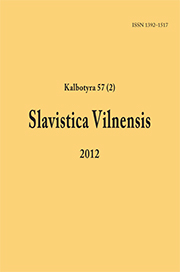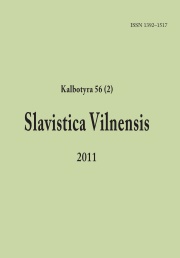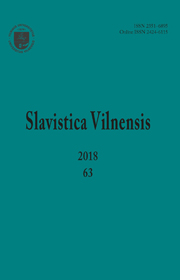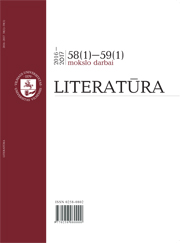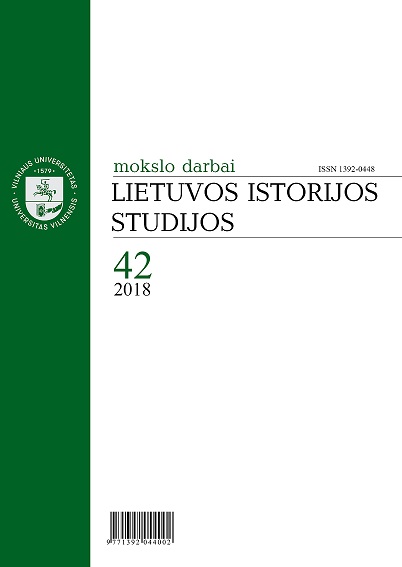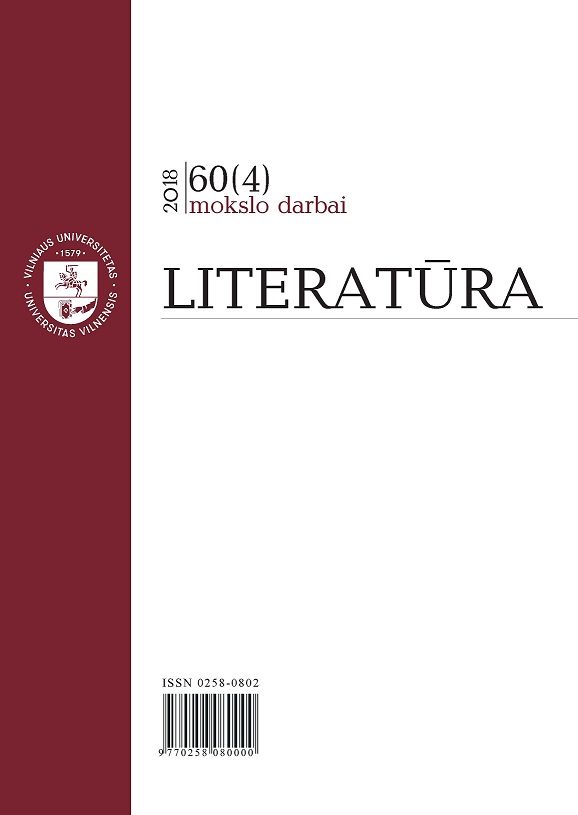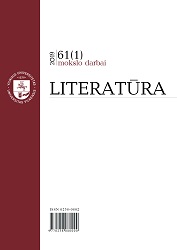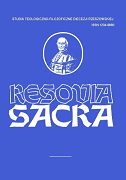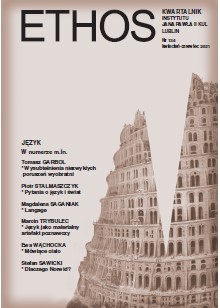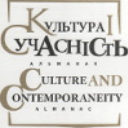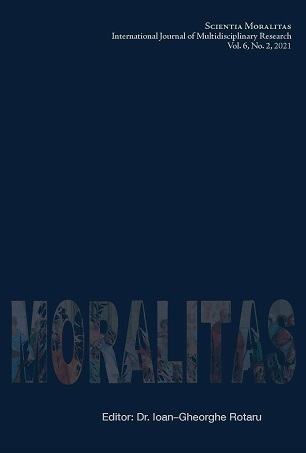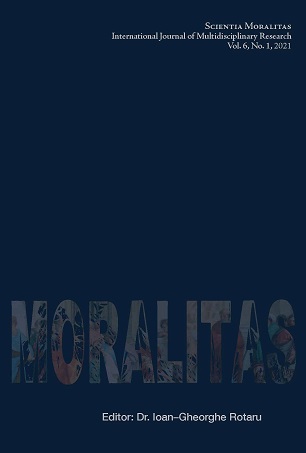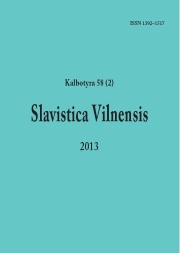
Cочинения старообрядцев-беспоповцев в Речи Посполитой в XVIII в
The article deals with the evaluation of creative works by priestless Old Believers residing in the Polish-Lithuanian Commonwealth in the 18th century. The study gives a special emphasis to the two main issues, i.e. 1) creative work of Feodosiy Vasilyev and his son Evstrat Feodosiyev (Feodosiyevich) and 2) the texts on activities of the Feodoseevtsy Council meetings that took place in the Polish–Lithuanian Commonwealth in the first half through the middle of the 18th century. The evaluation of the original creative work of priestless Old Believers of the Polish– Lithuanian Commonwealth specified in the article enables to conclude about the gradual expansion of the territories in which settlements of Old Believers appeared and the residents of which would be involved in active polemic and literary activities. The second third of the 18th century is characterized by the highest intellectual activity that would primarily be attributed to the inhabitants of the Sebezh lands.
More...
